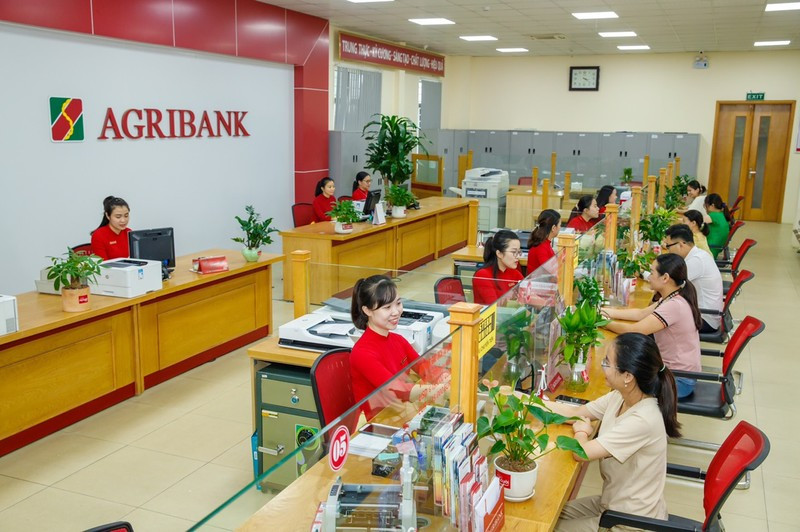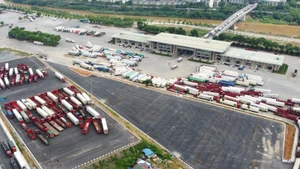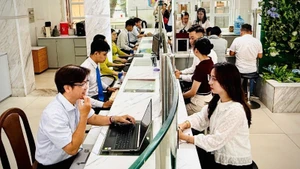According to data from the State Bank of Vietnam (SBV), credit growth as of the end of 2023 was estimated at 13.5%, with outstanding loans hitting about 13.6 quadrillion VND. This means that in just the four weeks of December, the economy’s outstanding credit surged by nearly 520 trillion VND, accounting for about one third of the total increase in 2023.
Although the figure is lower than the target of 14-15% set at the beginning of the year, it still indicates a breakthrough for credit institutions in the final weeks of 2023. According to SBV Deputy Governor Dao Minh Tu, this credit growth figure is very positive and is the result of the bold actions from the Prime Minister and the banking industry.
Amid the rising demand for capital, banks have formulated plans right from the start of 2024 to meet such demand. Deputy Governor Tu said with the credit growth target of 15%, it is estimated that 2 quadrillion VND will be injected into the economy. He emphasised that 2024 will be a year of bold actions to achieve the set targets in the banking sector.
He added that the central bank will deploy measures to increase credit access for people and enterprises. But capital absorption depends on many factors, not just the banking sector’s efforts. Therefore, in addition to the sector’s measures, synchronous coordination between the relevant ministries and agencies is needed, such as stepping up the implementation of the 120 trillion VND loan package for social housing.
At the same time, enterprises also need to enhance their capital absorption capacity, actively restructure their business, improve their business administration, and formulate feasible business plans such that credit institutions have the grounds to make their lending decisions and businesses can secure access to capital from other channels.
The central bank’s deputy governor also asked commercial banks to further demonstrate their responsibility in promoting credit growth. Tu said the SBV is willing to consider raising the credit quota for banks as long as macroeconomic conditions permit and, most importantly, the credit quality must be ensured.
From the view of commercial banks, Agribank General Director Pham Toan Vuong said the lender aims to raise its outstanding credit to the economy by 7-10% in 2024, in accordance with the plan approved by the SBV.
For his part, OCB General Director Nguyen Dinh Tung stated that in addition to lowering interest rates, the bank will follow its customers closely in order to introduce appropriate mechanisms. Struggling customers with recovery opportunities can still enjoy less strict requirements in borrowing. For example, OCB’s customers previously could only borrow up to 70% of their security, but now they can borrow up to 100% or access unsecured loans.
Experts forecast that credit growth will improve in 2024. Economist Le Duy Binh stated that some economic indicators are getting better, with signs of recovery in the manufacturing sector. Along with the positive growth of the economy and measures being taken by the central bank, credit growth in 2024 is expected to be higher than in 2023. And with such expectations, experts also project that credit growth will accelerate in the early months of 2024, especially given that the central bank has assigned the entire 15% growth target to credit institutions.
















